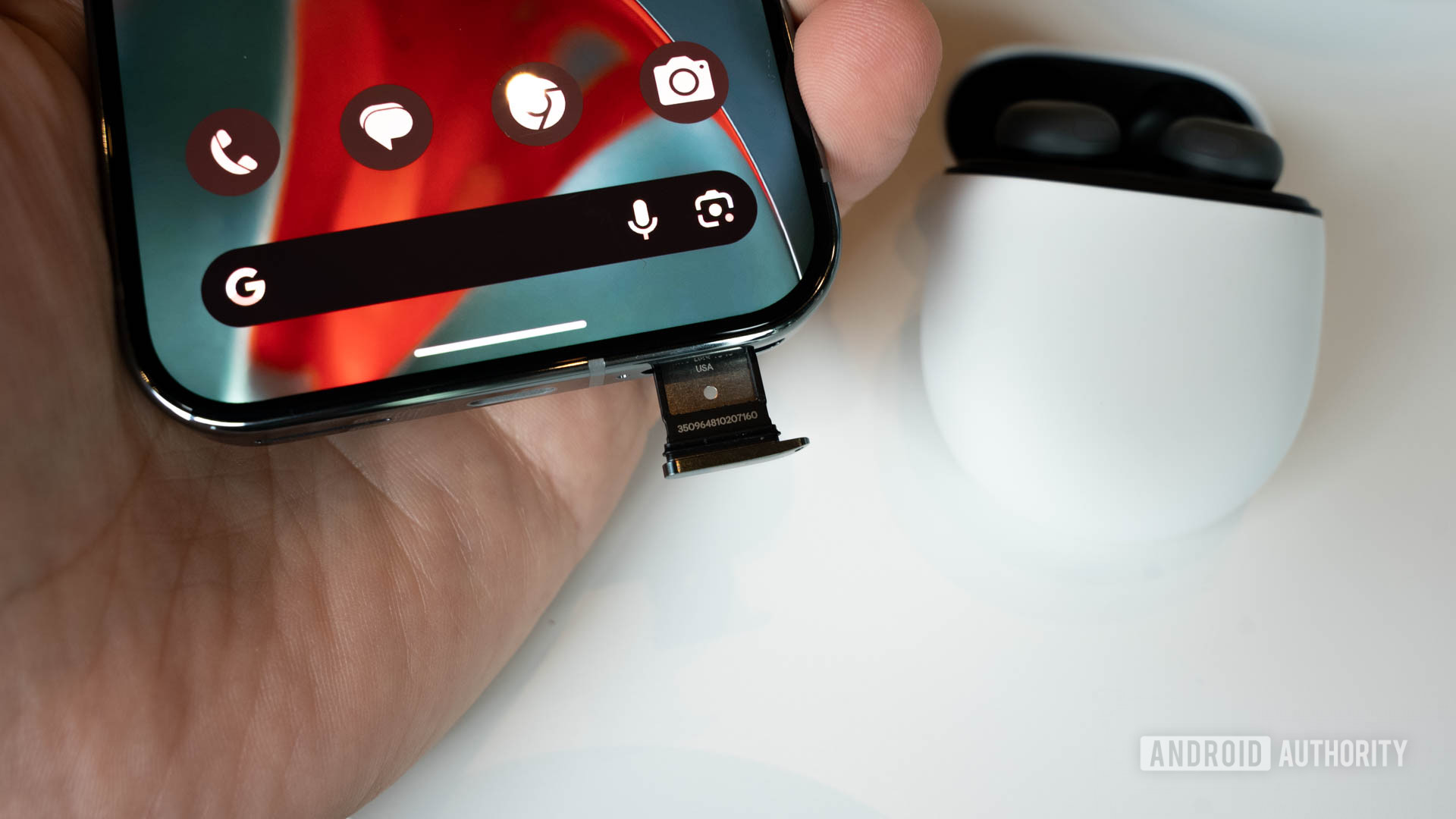
Thankfully, Google isn’t copying Apple’s dumb SIM strategy
-
by Anoop Singh
- 6
In 2022, when Apple launched the iPhone 14 series, it caused a lot of uproar because of its silly switch to eSIM-only support in the US. That move looked even dumber when teardowns of the iPhone 14’s hardware revealed that the physical space that’s usually occupied by the physical SIM slot in non-US iPhones was simply filled with a plastic spacer instead of being utilized for some extra component or battery. The iPhone 15 followed suit in 2023. We’ve expected Android flagships to copy this silly strategy for a while because everything Apple does is seemingly gospel, but we’re really happy to be proven wrong. So far.
The new Pixel 9 series, including the Pixel 9 Pro Fold, is the second Pixel lineup to come after the iPhone 14, and Google is still — thankfully — shipping its phones in the US with both a physical Nano SIM slot and eSIM support. The same is true for the Samsung Galaxy S24 series and the latest Z foldables that launched post-iPhone 14. [Insert a slow clap for brands not adopting anti-consumer moves.]
Google and Samsung have not fallen for the Apple trap. They kept the consumer-friendly physical SIM slot.
I’m positively thrilled and extremely thankful that Google and Samsung have, so far, not fallen for the Apple trap and, instead, chosen to keep a crucial piece of hardware in their phones. Because even though eSIMs are awesome and extremely handy for prepaid data when traveling (and I will shout their benefits from the rooftops in those circumstances), they are simply not ready for prime-time on your main phone.

C. Scott Brown / Android Authority
Not every operator has implemented them, and among those that have, not everyone has made it easy to switch them to another phone. At least not as easy as it is to pop out a physical SIM card from phone A and insert it in phone B. Google has worked on implementing an easy way to transfer eSIMs on Android, but it’s still not foolproof either.
So thank you, Google and Samsung, for keeping the rudimentary but unparalleled physical SIM slot alive and for not arbitrarily depriving your users in one country of an essential smartphone function just because.
This is the right move for now. I don’t discount the possibility of an eSIM-only Pixel or Galaxy in the future, but I hope that, by then, carriers around the world would’ve gotten their eSIM game together and that smartphone makers would’ve figured out a better way to fill that empty slot than with a plastic filler.

11%off
Google Pixel 9
Most affordable Pixel 9
Seven years of updates
Refreshed design

16%off
Google Pixel 9 Pro
All Pro, reasonable size
High-quality display
Seven years of software support

15%off
Google Pixel 9 Pro XL
The best specs in the Pixel 9 series
Gorgeous display
Seven years of software updates

16%off
Google Pixel 9 Pro Fold
Improved design
8-inch folding display
Seven years of software updates
In 2022, when Apple launched the iPhone 14 series, it caused a lot of uproar because of its silly switch to eSIM-only support in the US. That move looked even dumber when teardowns of the iPhone 14’s hardware revealed that the physical space that’s usually occupied by the physical SIM slot in non-US iPhones was…
In 2022, when Apple launched the iPhone 14 series, it caused a lot of uproar because of its silly switch to eSIM-only support in the US. That move looked even dumber when teardowns of the iPhone 14’s hardware revealed that the physical space that’s usually occupied by the physical SIM slot in non-US iPhones was…
